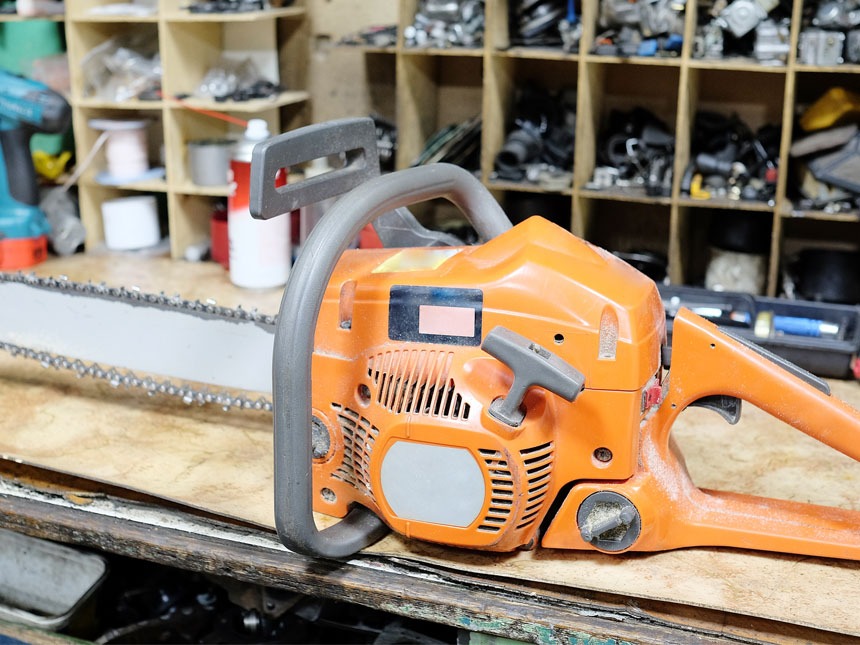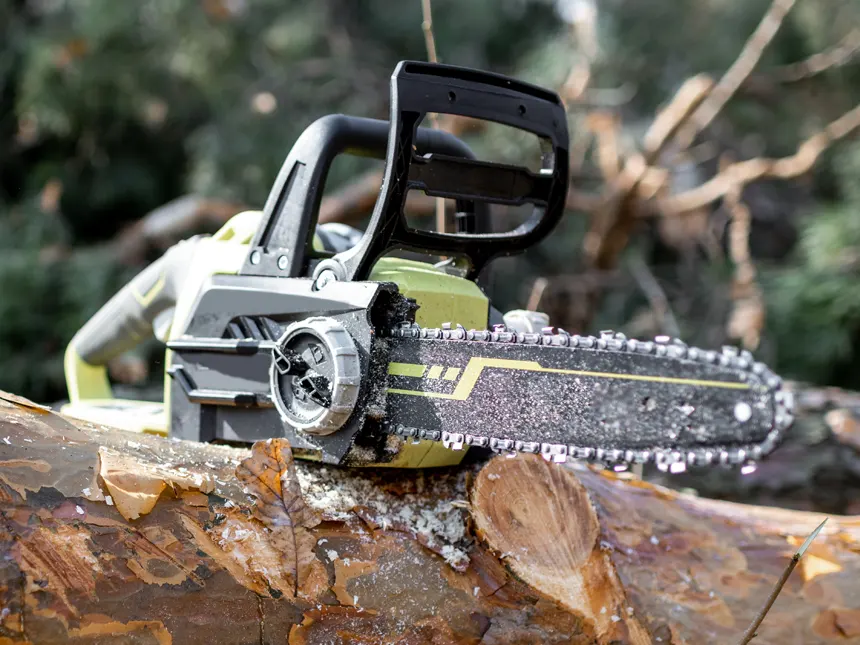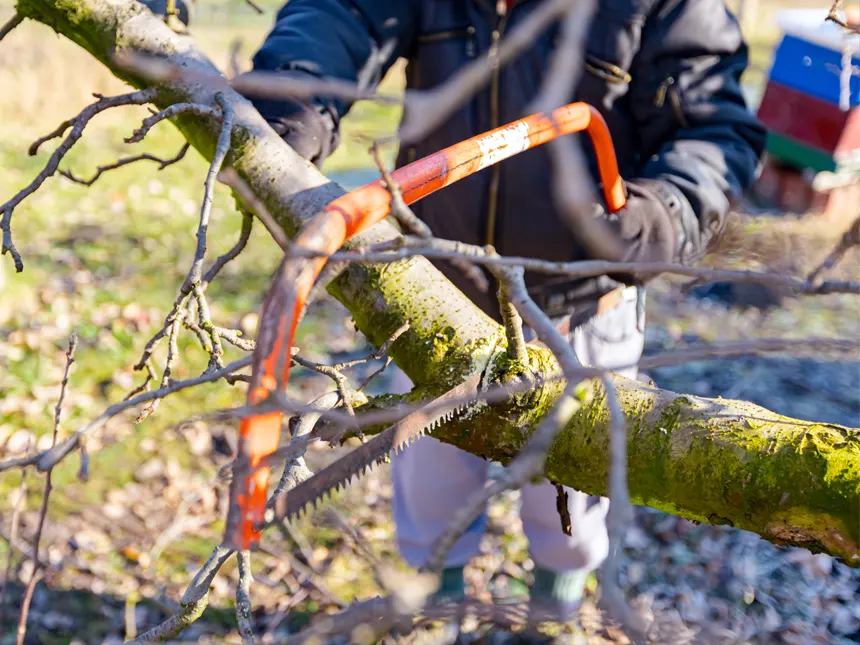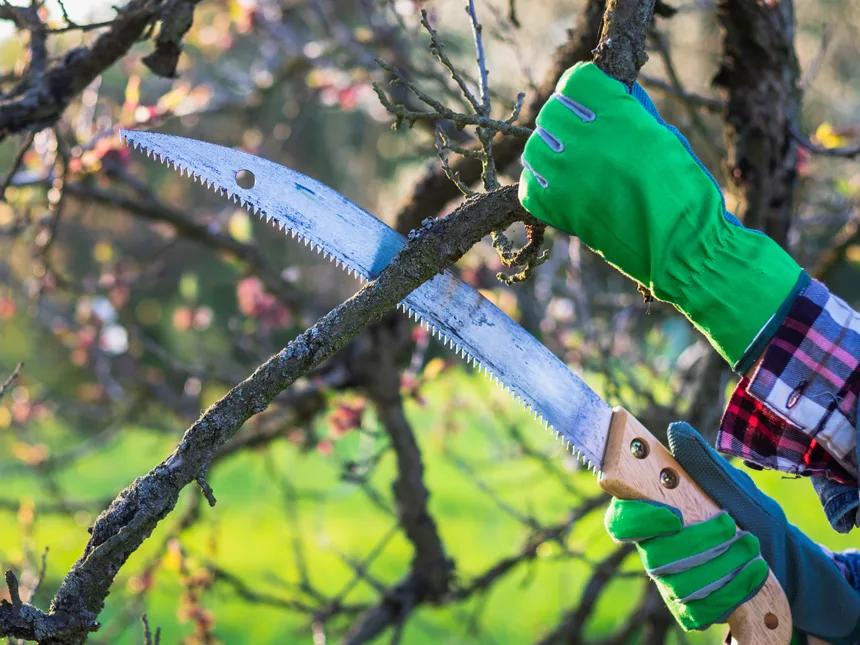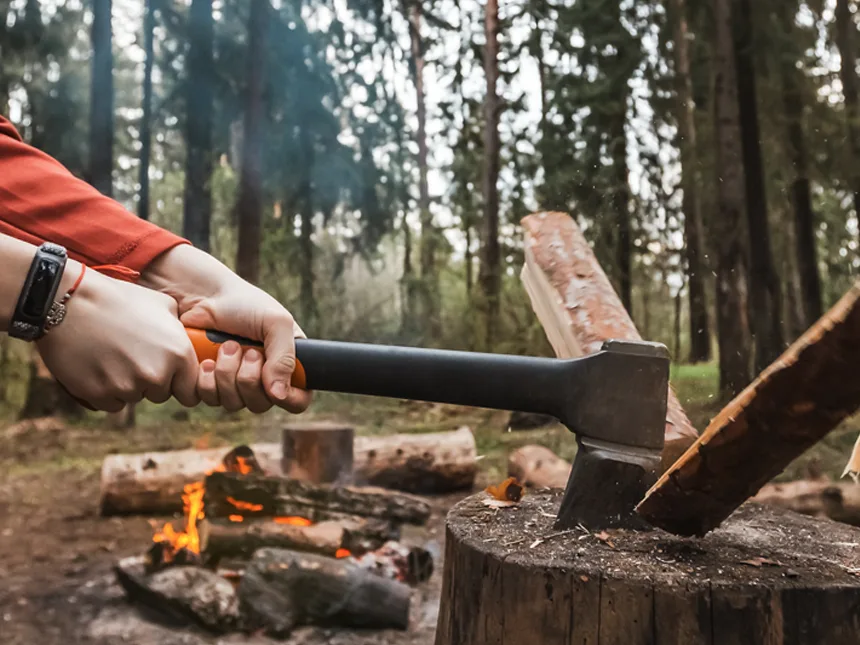How To Store Firewood To Avoid Termites
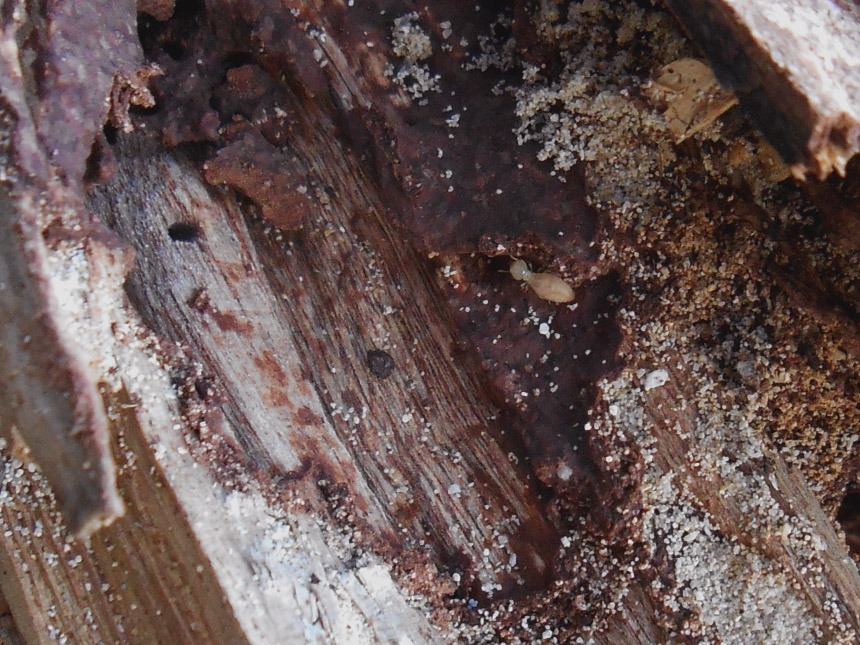
Timber Gadgets is reader-supported. We may earn a commission if you buy through the links on our site.
It’s important to properly store and cover your firewood in order for it to effectively burn later on. But besides storing it in the right place and covering it with the right material, there’s also specific ways to store your firewood to avoid unwanted pests like termites.
The best way to store your firewood to avoid termites is to keep it off the ground and away from buildings, covered with a durable material, and split into smaller pieces. This will ensure your firewood is away from termites sources and unattractive to most pests.
Termites can ruin your firewood. Worse, they can cause damage to your home if they hitchhike from firewood into your house. Thankfully, there are a number of ways to avoid termites.
Part of preventing issues related to rodents and pests involves properly storing firewood. But there are other ways to get rid of termites, either proactively or after you’ve noticed them.
Table of Contents
How To Avoid Termites
There are several different methods you can use to keep termites away from your firewood. These include:
Storing Firewood
The best way to avoid termites is to store your firewood away from walls and off the ground. Not only does this ensure airflow, but it also serves as a serious deterrent for termites.
Termites don’t actually live in wood. Instead, they nest, live, and reproduce in the ground, and simply use your firewood as a food source (or, more accurately, the cellulose in your wood).
Keeping your firewood at least a few inches off the ground and away from walls makes it harder for termites to get to it.
Besides keeping it away from walls and the ground, it’s also wise to keep your firewood piles away from live trees. Termites can move from trees into your firewood just as easily as they can from the ground to your wood.
Covering Firewood
Another way to prevent termites is to cover your firewood. This keeps it dry, making it unattractive to termites since they prefer wet or damp wood.
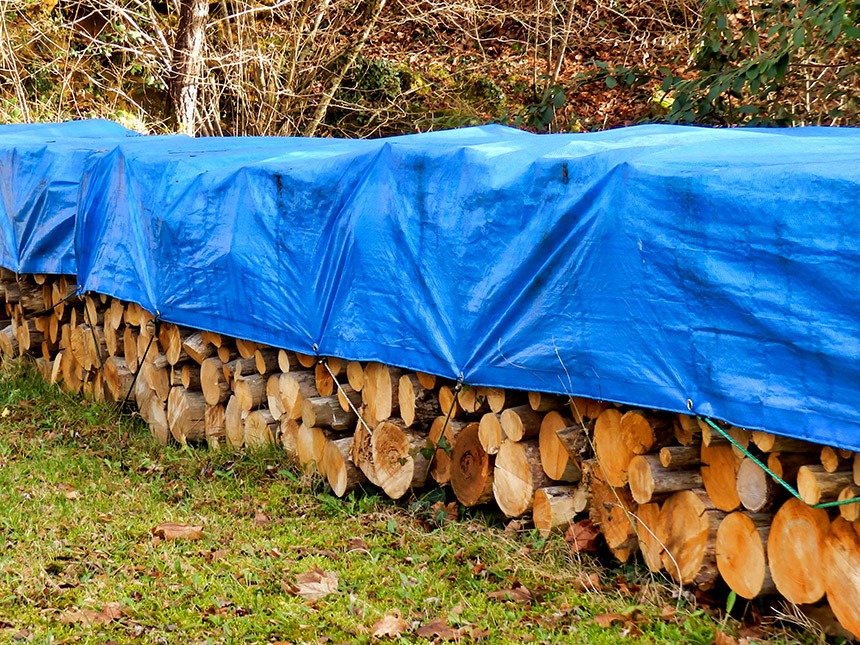
Using a dark, plastic cover like a tarp prevents termites another way, too: it creates heat. During warmer months, heat will build up under the cover.
Not only will this evaporate moisture and keep your wood dry, but the rising temperatures will also kill any insects inside the wood.
Whether you just cut your firewood or purchased seasoned bundles, it’s best to perform this sort of DIY heat treatment as soon as possible. This way, termites and any other surface pests are dealt with sooner rather than later.
Splitting Firewood
You can also split your firewood into smaller pieces rather than sizable logs. Not only will this help wood dry faster and stay dry longer, but it’s also off-putting for termites. Termites are more prone to target unsplit firewood with bark versus split pieces.
Keep this in mind when initially cutting your firewood or when purchasing pre-cut bundles. Even if it’s more time-consuming or expensive initially, the extra insurance will be worth it later on.
The Best Way To Store Firewood
There are several different ways to store firewood: you can store it inside a building (like a shed) or outside using log racks, pallets, or posts.
The exception to this is your home: never store firewood inside your home. Even in the basement or garage, insects or rodents can find and make a home in your wood.
If you store your firewood outside, keep at least 20 feet away from your home, if possible. This way your home will be protected, even if termites or other critters do take up residence in your wood (which they hopefully won’t, if you follow the instructions in this article).
Wherever you store it, make sure there is adequate ventilation and airflow. Remember that this includes behind and under the wood.
You’ll also need to cover your firewood if it isn’t stored inside a building or outside under an overhang. Make sure you use a cover that’s made of weatherproofed material; it should be able to last through at least six months of rain and snow.
A thin piece of tin or other metal can protect the bottom of your firewood stack, just like the cover protects the top and some of the sides. Using a metal base with short “walls” protects your firewood from the ground, which carries moisture and pests (both of which are bad news for you).
Other Termite-Busting Tactics
The easiest way to get rid of termites that have infested your firewood is to simply throw the wood away. This may seem wasteful, but it’s better than potentially bringing the termites into your home.

Another option is to burn the infested logs in a safe location (preferably outside). Though you may not be able to cozy up to a fire in your living room, you can still have a nice bonfire. Just check to make sure your city ordinances allow it before lighting up the logs.
Always avoid using chemicals to get rid of termites. Treating your firewood with pesticides may help in the short-term, but can cause more serious safety hazards in the long term. Firewood that’s been treated with chemicals or pesticides can combust when lit or release toxic fumes during burning.
In addition to this, it’s unlikely that the chemicals will penetrate the wood enough to actually kill the termites. Instead, it will just cause the termites to burrow deeper, exacerbating your original problem on top of making the firewood useless to you.
If you’re unsure termites are your problem or these tactics aren’t preventing pests, check to make sure termites are actually your problem. The tunnels they drill are typically lined with mud. The termites themselves will either be wingless and a cream or light brown color or darker in color with two sets of wings.
Smooth tunnels or insects that look differently can indicate that your problem isn’t termites, but rather carpenter ants, horntail wasps, woodborers, or bark beetles.
You can also contact a pest control company or professional to come out and assess the damage. They’ll be able to tell you if the problem is actually termites and, if so, what options may be available.

